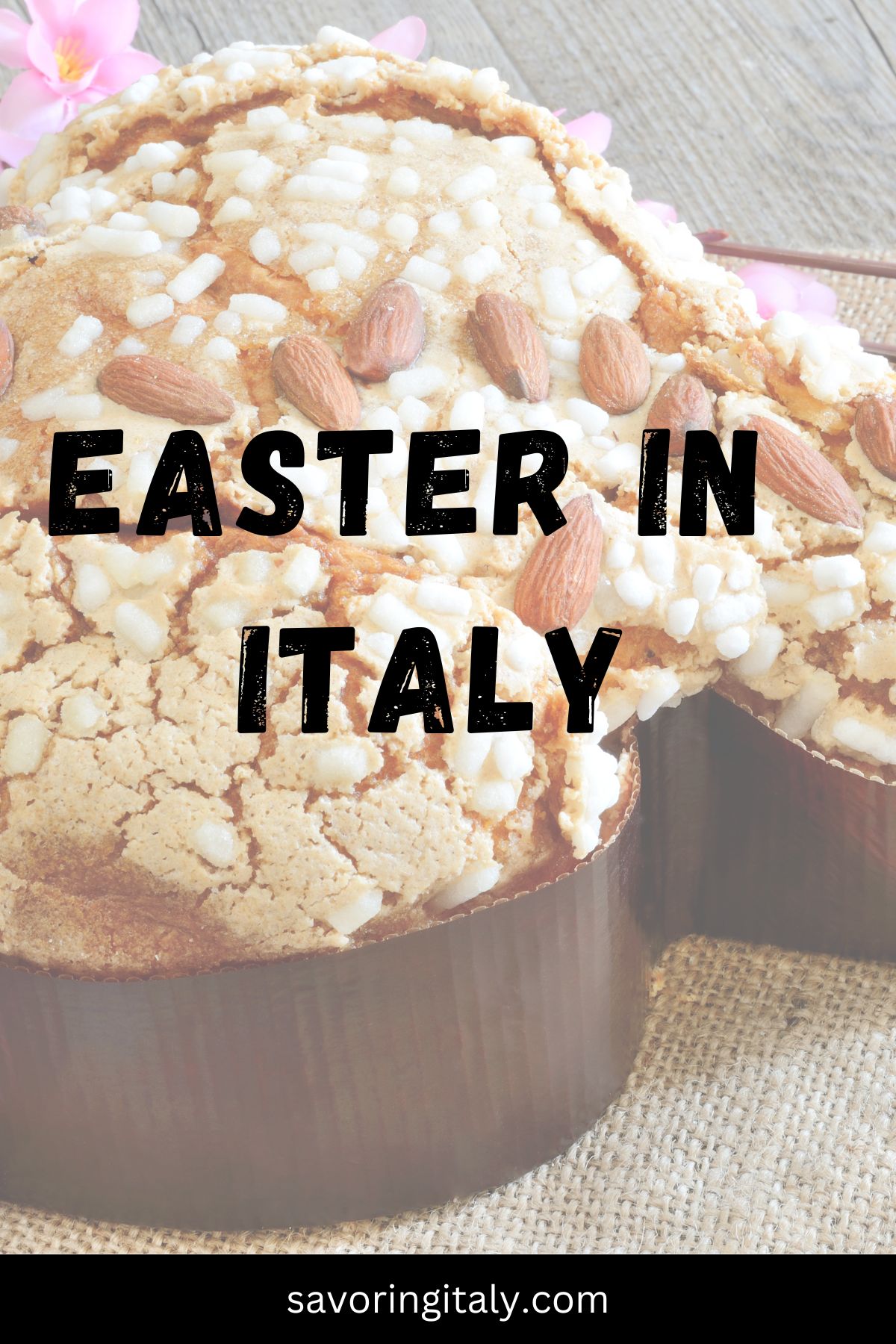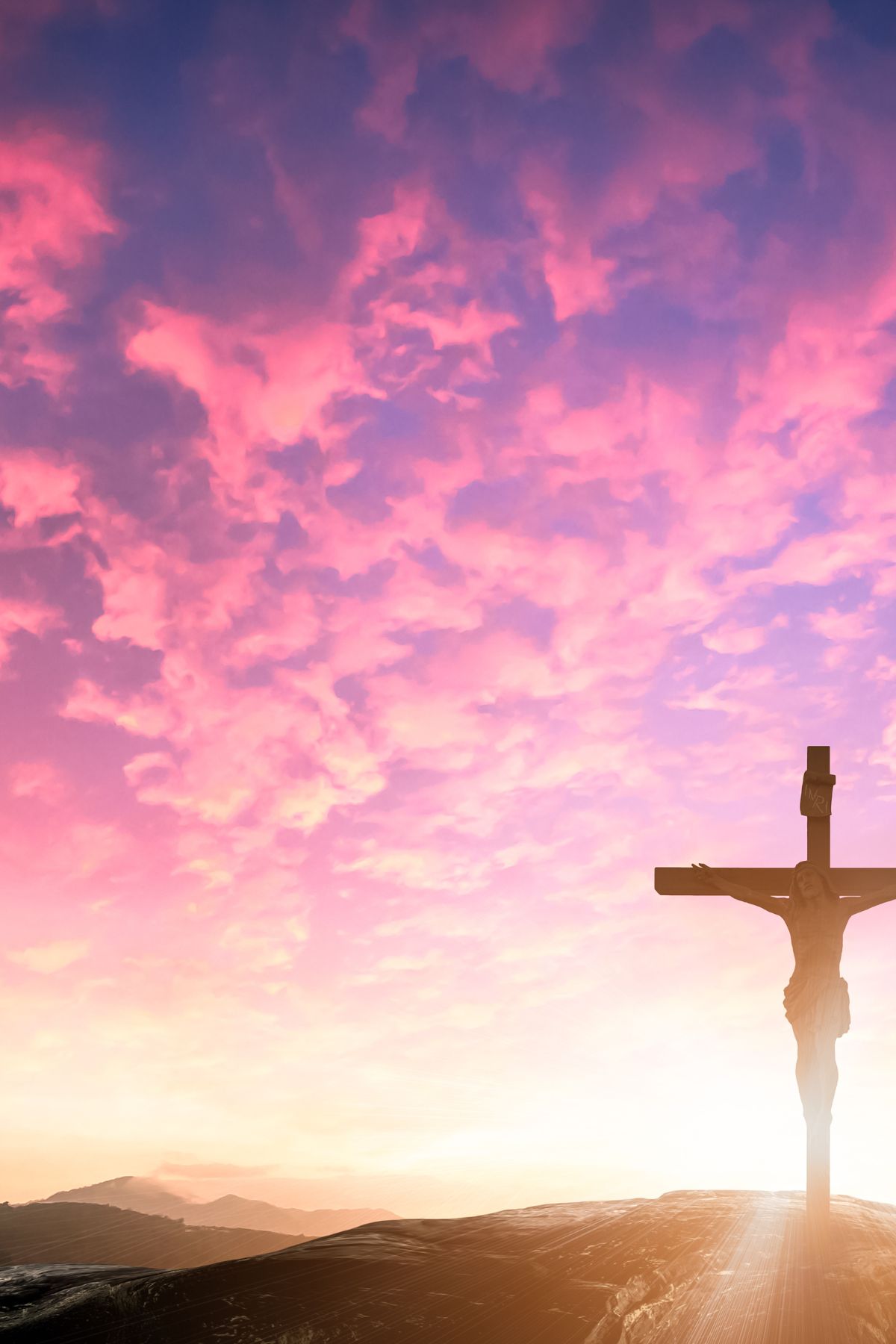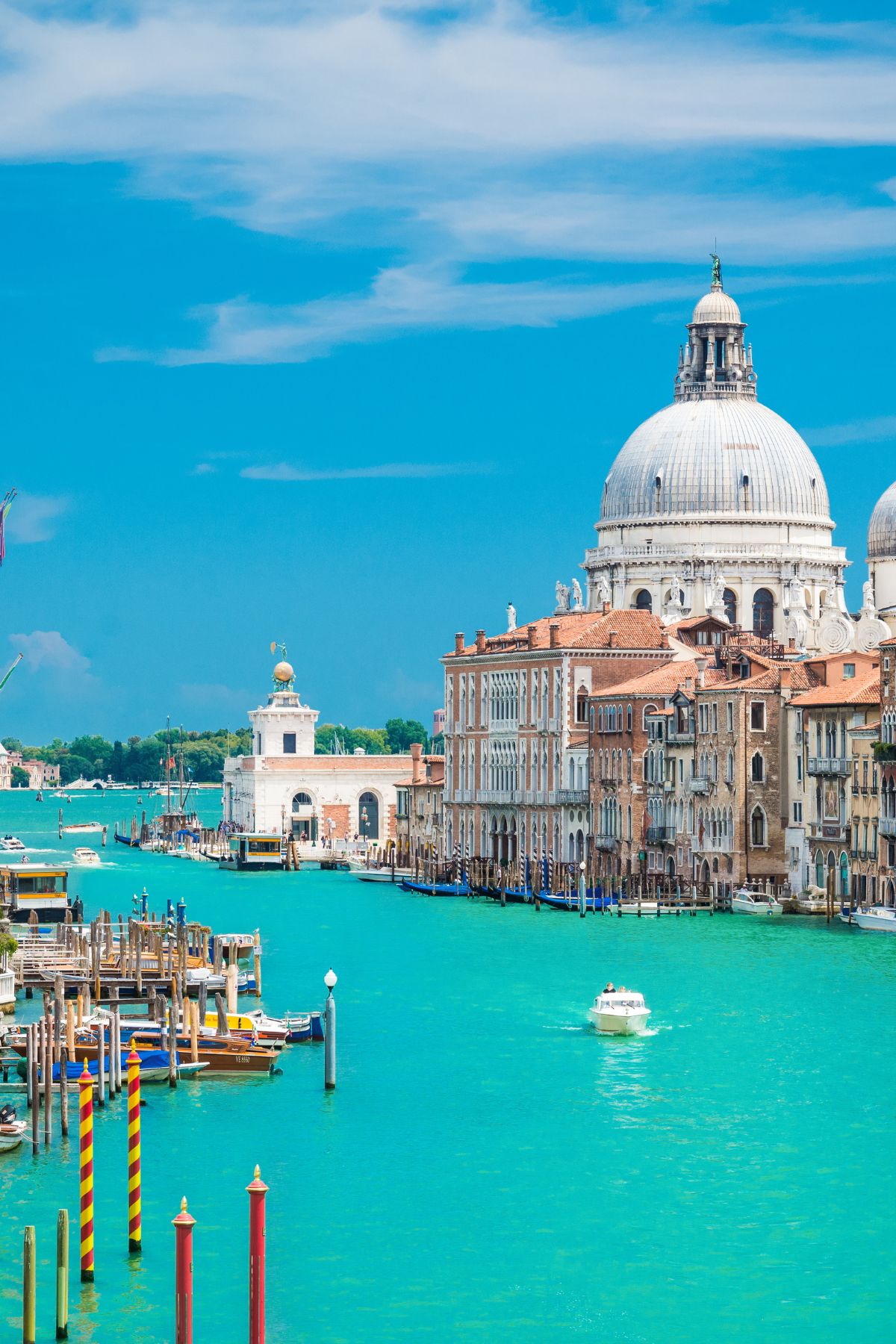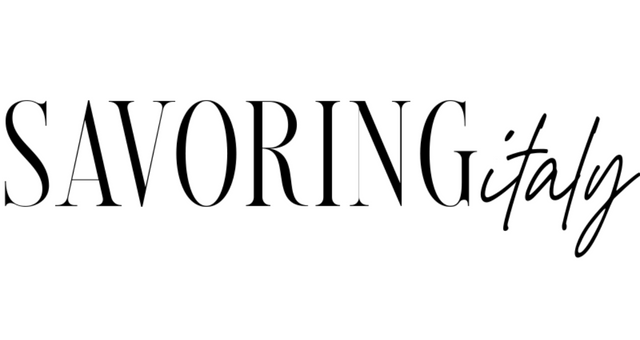Discover the rich traditions and celebrations of Easter in Italy, from religious processions and mass to delicious traditional foods and unique festivals.

Easter is one of the most important holidays in Italy, celebrated with great enthusiasm and fervor. The importance of Easter in Italian culture and tradition stems from the country's deep religious roots, with the majority of Italians identifying as Roman Catholic.
Easter is a time to reflect on the sacrifice of Jesus Christ and the hope of his resurrection, and the religious ceremonies and celebrations that take place throughout Italy reflect this reverence. In addition to the religious significance, Easter is also a time for families and friends to come together and indulge in traditional foods, such as the Colomba di Pasqua cake and Pastiera Napoletana pie.
The holiday is also marked by unique events and festivals, such as the Scoppio del Carro in Florence and the Madonna che Scappa in Piazza in Sulmona. Overall, Easter is a time of great significance and celebration in Italian culture and tradition.
Jump To
how to say easter in italian
In Italian, Easter is called "Pasqua".
The word "Pasqua" comes from the Hebrew word "Pesach", which means "Passover". Easter is a Christian holiday that celebrates the resurrection of Jesus Christ from the dead, three days after his crucifixion. It is the most important Christian holiday and is celebrated on the first Sunday after the first full moon following the vernal equinox.

II. Religious Celebrations
Palm Sunday and the Blessing of the Palms
Palm Sunday, celebrated the Sunday before Easter, is an important religious observance in Italy. It commemorates the entrance of Jesus Christ into Jerusalem, and it is typically marked by an outdoor procession in which participants hold palm fronds or olive branches. During this procession, people sing hymns and chant prayers to honor Jesus as a sign of respect. At the end of the procession, a priest blesses the branches and gives them to the people in attendance as a symbol of hope.
Holy Week and the Stations of the Cross
Holy Week is the most important week of the year for Christians and is celebrated with great fervor and devotion in Italy. The week begins with Palm Sunday, which marks Jesus' triumphant entry into Jerusalem. During Holy Week, many Italian cities and towns hold processions in which the faithful carry crosses, religious images, and candles.
The Stations of the Cross is a particularly significant religious ritual during Holy Week. It is a series of 14 images or stations that represent the events leading up to Jesus' crucifixion and death. Each station is accompanied by a prayer or meditation, and the faithful walk along the route, reflecting on the passion and sacrifice of Jesus.
Good Friday processions and the Via Crucis:
On Good Friday, the faithful participate in a solemn procession that reenacts Jesus' journey to the cross. In many Italian cities and towns, the procession features a statue of the crucified Christ carried on a wooden cross. The procession is often accompanied by chanting, prayers, and the tolling of church bells.
Another important Good Friday tradition is the Via Crucis, or Way of the Cross. It is a series of 14 stops or stations that represent the events of Jesus' journey to the cross. Each station is accompanied by a prayer or meditation, and the faithful often carry crosses or candles as they walk through the stations.
Easter Sunday mass and celebrations
Easter Sunday is the culmination of Holy Week and the most important day of the year for Christians. The day begins with a solemn mass, during which the resurrection of Jesus is celebrated.
The mass is often accompanied by music, including choral performances and hymns. After mass, families and friends gather to enjoy a festive meal, which often features traditional Easter dishes such as lamb, pastiera, and Colomba di Pasqua.
Children receive chocolate eggs, which are often filled with small toys or surprises. Many towns and cities also hold festivals and parades to celebrate Easter Sunday, featuring music, dancing, and colorful costumes.

II. Traditional Foods:
Easter is a time for indulging in traditional foods, and Italy has its own unique dishes that are synonymous with this time of year. Some of the most popular traditional foods include Colomba di Pasqua, Pastiera Napoletana, Agnello di Pasqua, and Chocolate Easter eggs.
Colomba di Pasqua:
Colomba di Pasqua is an Easter cake shaped like a dove, hence its name (colomba means dove in Italian). The cake is made from a rich, buttery dough that is flavored with candied orange peel and studded with whole almonds. The cake is then topped with a crunchy sugar glaze and more almonds before being baked to perfection. Colomba di Pasqua is a delicious treat that is often given as a gift during the Easter season.
Pastiera Napoletana:
Pastiera Napoletana is a traditional Neapolitan Easter pie made with a sweet, creamy filling of ricotta cheese, cooked wheat, sugar, and candied citrus. The pie is flavored with orange blossom water and vanilla extract and is encased in a shortcrust pastry. Pastiera Napoletana is a labor of love, taking several hours to prepare, but the end result is a delicious and satisfying dessert that is perfect for Easter Sunday.
Agnello di Pasqua:
Agnello di Pasqua, or Easter lamb, is a popular Easter dish in Italy. The lamb is often roasted or grilled and served with a variety of sides such as roasted potatoes and vegetables. The lamb is symbolic of the sacrifice that Jesus made on the cross and is therefore a significant part of the Easter meal.
Chocolate Easter eggs and other sweet treats:
Chocolate Easter eggs are a staple in Italy, and they come in a variety of sizes and flavors. They are often hollow and filled with small surprises such as toys or trinkets. Other sweet treats that are enjoyed during the Easter season include marzipan fruits, sugar-coated almonds, and candied fruits. These sweet treats are often given as gifts or used as decorations during Easter celebrations.

IV. Festivals and Events:
Easter in Italy is a time of great celebration, and there are several festivals and events that are unique to different regions of the country. Here are a few of the most notable:
Scoppio del Carro:
The Scoppio del Carro, or explosion of the cart, is a traditional Easter event that takes place in Florence. A cart filled with fireworks is pulled through the streets by a team of white oxen, and at the end of the procession, the fireworks are ignited, creating a spectacular display of lights and sounds. The event dates back to the 12th century and is said to bring good luck and prosperity to the city for the year ahead.
Madonna che Scappa in Piazza:
The Madonna che Scappa in Piazza, or running Madonna, is a unique Easter event that takes place in Sulmona, a town in the Abruzzo region of Italy. The event involves a statue of the Madonna, which is carried through the streets of the town by a group of men.
As the procession reaches the town square, the statue is suddenly released, and it appears to run towards the statue of the resurrected Christ, which is located on the other side of the square. The event is a powerful representation of the joy and celebration that accompanies the resurrection of Jesus.
La Settimana Santa di Enna:
La Settimana Santa di Enna, or Holy Week in Enna, is a series of religious events and processions that take place in the town of Enna, located in the heart of Sicily. The events begin on Palm Sunday and continue through Easter Sunday, and they include processions of the faithful carrying statues and icons of Jesus and the Virgin Mary.
The most significant procession takes place on Good Friday when a statue of the dead Christ is carried through the streets of the town by hundreds of people. The event is a powerful representation of the passion and sacrifice of Jesus and is a unique and moving way to experience Easter in Italy.

FAQ'S
Easter in Italy is celebrated with great religious fervor and traditional festivities. The Holy Week, starting from Palm Sunday to Easter Sunday, includes processions, mass, and rituals in most cities and towns. Easter Sunday is celebrated with family gatherings, feasting, and sharing of traditional sweets, such as Colomba di Pasqua and Easter eggs.
Easter is a great time to visit Italy, especially for those who want to experience the country's religious and cultural traditions. Many cities and towns hold special events and processions during Holy Week, creating a unique and memorable atmosphere.
While Italy does not entirely shut down over Easter, some businesses and services may have reduced hours or be closed on Easter Sunday and Easter Monday, which is a national holiday.
A traditional Italian Easter typically includes attending religious ceremonies, sharing a big family meal on Easter Sunday, and indulging in sweet treats such as Colomba di Pasqua and chocolate Easter eggs.
Easter in Italy is a time of great religious and cultural significance, with various processions, parades, and ceremonies held across the country.
While not everything is closed in Rome during Easter, some businesses and services may have reduced hours or be closed on Easter Sunday and Easter Monday, which is a national holiday.
Italy has many unique traditions for Easter, including the Scoppio del Carro (explosion of the cart) in Florence, the Madonna che Scappa in Piazza (running Madonna) in Sulmona, and the La Settimana Santa di Enna (Holy Week) in Enna. Additionally, many towns and villages hold processions, parades, and religious ceremonies throughout the Holy Week leading up to Easter Sunday.
In Italy, Easter eggs are a symbol of rebirth and renewal, and they are often given as gifts to family and friends. Chocolate Easter eggs are especially popular, and many artisan chocolatiers create elaborate and decorative eggs. Some regions also have unique Easter egg traditions, such as the Pasquetta egg rolling game in central Italy.
Southern Italy has many unique Easter traditions, including the Struscio procession in Naples, where locals dress up in their finest clothes and parade through the city streets. In Sicily, there is the Processione dei Misteri in Trapani, which involves elaborate floats depicting scenes from the Passion of Christ. Other Southern Italian Easter traditions include making casatiello, a savory bread with cheese and meat, and participating in the traditional egg-tapping game.
A traditional Sicilian Easter dinner often includes lamb, artichokes, and fava beans, as well as various pasta dishes and desserts such as cassata, cannoli, and frutta martorana. Some families also prepare a special Easter bread called cuddura cu l'ova, which is shaped like a crown and has colored eggs baked into it. In addition to the food, many Sicilian towns and villages hold processions and religious ceremonies during Holy Week and on Easter Sunday.
italian easter recipes:
- Pane di Pasqua (Italian Easter Bread)
- Sicilian Ricotta Pie
- Lemon Ricotta Cake
- Casatiello (Italian Stuffed Easter Bread)
- Easter Chocolate Chip and Ricotta Ciambellone




Leave a Reply